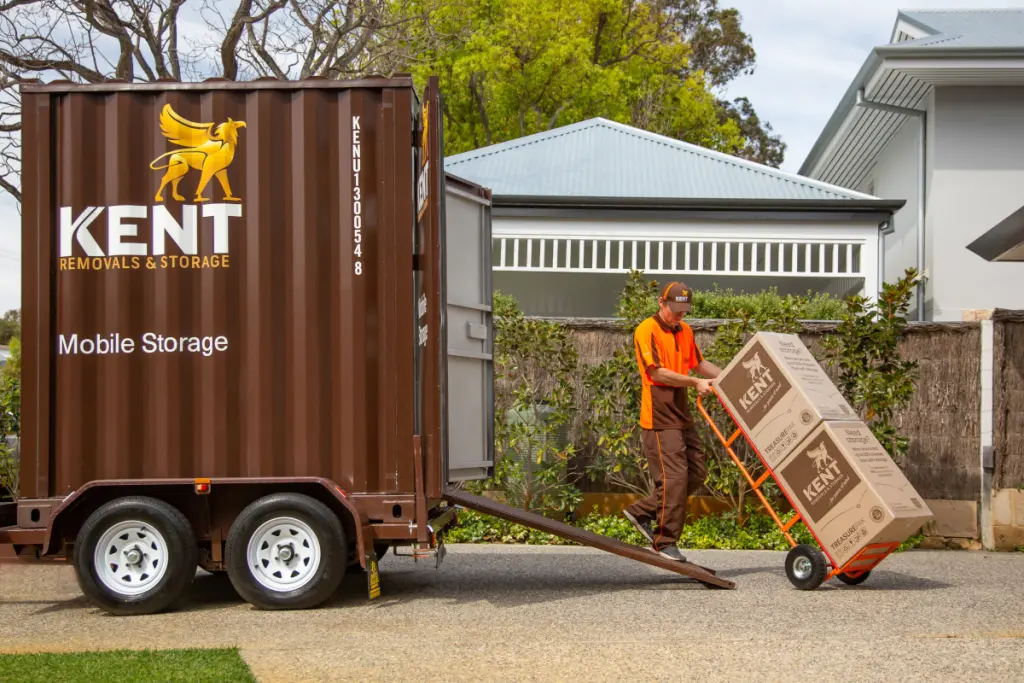Step 1: Compile a list of all your important mail
When it comes to creating your own address change checklist, you should start by compiling a list of all the important mail that you regularly receive. This is easy to do. Starting at least three months out from moving day, keep an eye on the mail that you receive. When a letter arrives from a new company or organisation, simply jot down the name on your handy change of address list. This will help you identify which companies you need to contact to get started on changing your postal address.
We suggest starting at least three months out from moving day because you’re likely to receive mail from some companies on a quarterly basis, such as statements from utility providers and banks.
Step 2: Cross-reference your list with our changing address checklist
Once you have compiled your own change of address checklist, you may wish to cross-reference it with our comprehensive moving address change checklist below, which includes things like Australian Electoral Commission change of address, concession card change of address, and more. Obviously, not all the items will be applicable to your circumstances and you may have additional organisations that need to be contacted—that’s why we always suggest compiling your own customised list to begin with.
Government organisations
Australian Taxation Office (ATO)
Australian Electoral Commission
Concession cards
Pension cards
Seniors cards
Department of Veterans’ Affairs
Department of Human Services:
Centrelink
Child Support Agency
Medicare
Department of Veterans’ Affairs
Utilities
Electricity
Gas
Home phone
Mobile phone
Internet
Pay TV (such as Foxtel)
Water and sewerage
Financial, legal and insurance services
Accountant
Financial advisor
Stockbroker
Banks and credit unions
Credit card companies
Superannuation funds
Shares and investment holdings
House and contents insurance
Income protection insurance
Life insurance and funeral plans
Legal representatives, such as lawyers and solicitors
Medical Services
Medicare
General practitioner
Dentist
Pap test register
Orthodontist
Chemist
Optometrist
Osteopath
Chiropractor
Physiotherapist
Personal trainer
Health insurance provider
Ambulance insurance provider
Pets
Veterinarian
Local council(s) for registration
Pet microchip registry
National Pet Register
Cars
Driver licence
Car insurance
Vehicle registration
Roadside assist organisations such as NRMA, RACV and RACQ
Toll tags such as e-tag, e-toll, touch tag and viatag
Vehicle service centres and mechanics
Online Services
Online stores that hold your delivery information
GPS navigation software on your smart phone and in your car
Online accounts, such as iTunes, Netflix and Stan
Other
Childcare and after school care
Schools and tertiary institutions
Home services such as cleaners and gardeners
Charities
Clubs
Libraries
Employers
Gym
Loyalty programs and store cards such as Fly Buys, Myer One and QANTAS Frequent Flyer
Mail order catalogues
Newspaper and magazine subscriptions
Professional membership organisations
Professional licensing bodies such as the Master Plumbers or Master Builders Associations
Step 3: Remove Yourself From Unnecessary Mailing Lists
Chances are, you regularly receive mail that you don’t want and never read. Maybe you’re receiving catalogues from a toddler’s clothing company, even though your children are now 10 years old. Or perhaps you still have your utility bills mailed to you, but never even open the envelope.
To make your move as easy as possible, you need to declutter before moving house, and this extends to sorting through your mail. Moving house is the perfect time to remove yourself from unnecessary mailing lists. Cancel those unwanted catalogues, and switch to electronic billing on your utility bills. Not only will you declutter your mailing box, you’ll even help the environment by using less paper.
Step 4: Categorise your change of address checklist
Once you have compiled your final moving house address change list, categorise each company or organisation on the list. You should use similar categories to those we have included in Step 2, such as ‘Government’, ‘Utilities’, ‘Medical’ and ‘Financial’. By categorising all the companies and organisations on your list, you will find that Step 4 is much simpler.
Step 5: Work through your moving house change of address list in order of priority
Depending on your moving timeframe, it may be too early to change your address for certain categories. For example, most utility bills are mailed on a quarterly basis. So, if your move is still more than three months away, you should hold off on notifying your utility providers until your move date is a bit closer.
However, mail from organisations such as the Australian Taxation Office (ATO) and the Electoral Roll Commission is generally far less frequent. As such, you can begin by notifying these bodies of your moving change of address.
Most companies and organisations offer an online change of address service these days. So, your best, quickest and easiest route is to google something like, ‘[organisation name] change of address’. You will usually be greeted with an online form to complete.
How do I change my address in Australia?
If you’re moving within Australia and need to change your address, it can mostly be done over the phone. However, more secure agencies (like your driver’s licence, electoral roll details, and Medicare) require logins to MyGov or calling them separately and running through an identification check. You’ll want to set aside a few hours to get through them all.
Step 6: Keep receipts of requests to change your address
Once you’ve completed your request to change your address, always ask for a receipt or written confirmation. This written confirmation serves as proof that you have satisfied your obligations. For example, you may be fined for not voting in a local council election, and if you don’t have a receipt of your request to change address, you don’t have any recourse for challenging the fine. The same goes for utility providers. If you have proof that you requested a change of address, you can avoid late fees for any bills that may be missed because they were posted to your old address.
Step 7: Organise Aus Post mail redirection
Moving house can be a busy, stressful time. So, don’t be surprised if you miss a few companies or organisations when compiling your list for change of address. To help ensure that you don’t miss an important piece of mail, you may want to organise a mail redirection service through Australian post.
Through Australia Post, you can redirect your mail for one, three, six or 12 months if you have moved permanently, or up to a specific date if you are moving temporarily. Just remember that you need to allow three full business days for your application to be processed before it will commence.
Follow these steps, and you’ll have created a change of address checklist that makes the whole process of changing your address simple. Just remember to start early, prioritise and keep receipts of all your transactions.
What is a forwarding address?
A forwarding address is the address where your mail or packages are redirected to when you move and are no longer at your old address. It’s a helpful and essential system you can use to make sure you don’t miss out on any important documents or letters while you update your details.
Changing Address Made Easy with Kent Removals & Storage
In the midst of the hustle and bustle of moving, don’t forget to put your trust in a reliable partner for relocations. Kent Removals & Storage has a proven track record of making moves stress-free and efficient. When you need a seamless transition to your new address, you can count on Kent. Get started today by calling 13 55 31 or head straight to our Contact Page to experience the difference that Kent Removals & Storage can make in your move. Your peace of mind is just one phone call away.







